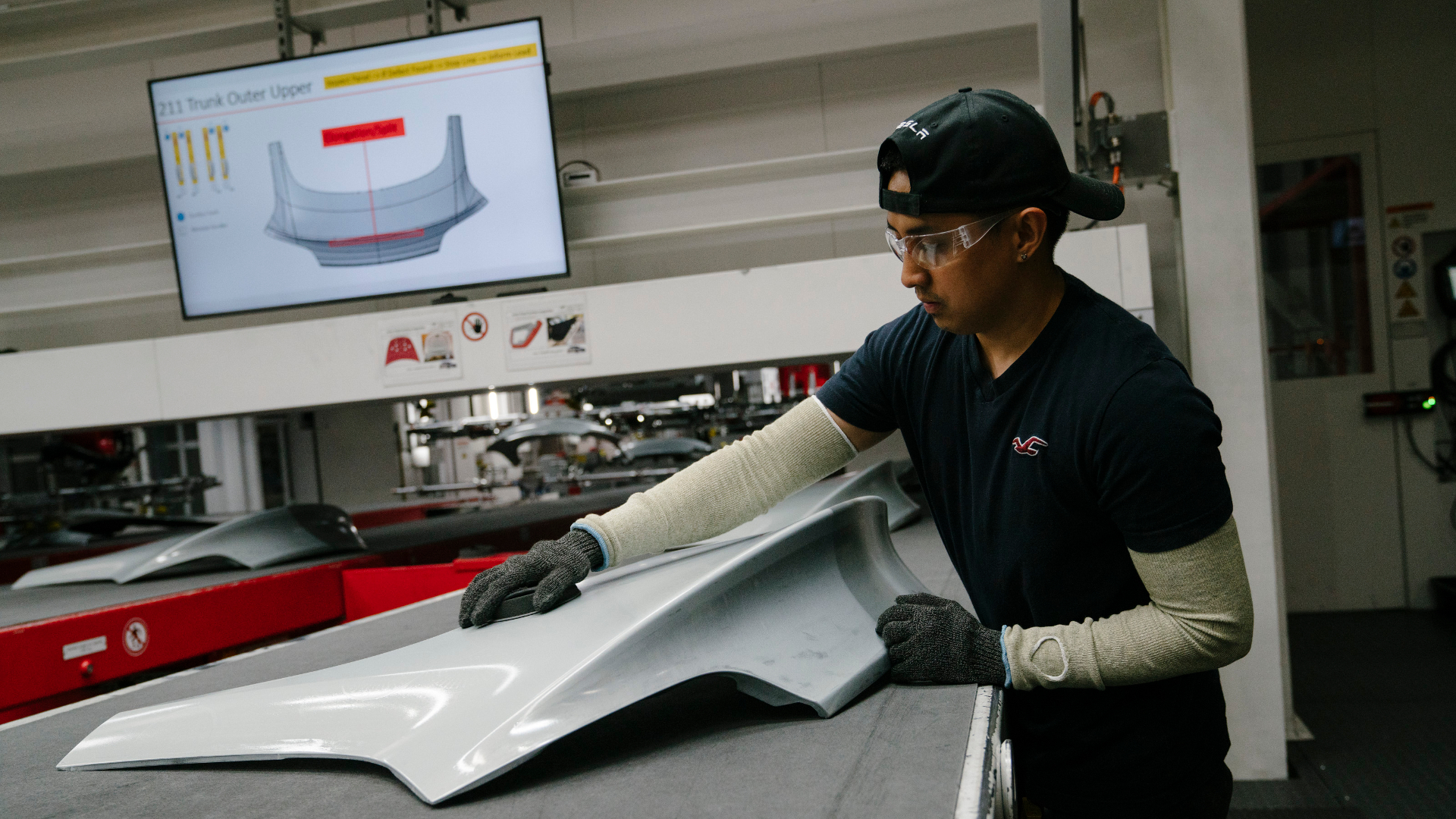

In the rush to dig out of its Model 3 “production hell” Tesla failed to obtain air quality permits for new production lines and was unable to remain in compliance with air quality regulations, according to documents posted online by the Bay Area Air Quality Management District.
The regulator lists 18 notices of violation and 21 permit deviations related to Tesla’s Fremont, California factory between the start of 2018 and March of 2019, illustrating a pattern of chronic noncompliance that stands in stark contrast to Tesla’s public image as an environmental crusader. This pattern culminated in test results at the Fremont paint shop showing elevated Precursor Organic Compound levels, evidence of abatement equipment failing or being turned off and at least four and a half days of unabated paint shop emissions from a source whose records were incomplete from 2016 until 2018.
Like many manufacturing facilities Tesla’s Fremont plant has had a smattering of environmental noncompliance issues in the past, including two that that the company in the past year by paying fines to BAAQMD and the EPA. But the rate of deviations and violations jumped dramatically starting in 2018, as Tesla scrambled to stand up production lines for Model 3 and a series of fires at the factory drew increased regulator scrutiny. Though Tesla has emerged from the Model 3 “production hell” that apparently contributed to at least some of these violations, BAAQMD continues to scrutinize the Fremont plant and some 10 notices of violation have been issued since the beginning of this year and are still pending. Tesla’s compliance with permit conditions is still pending for 11 of the 21 recorded deviations, according to the latest available documents.
The Title V permit deviations noted in this story can be found in Tesla’s semi-annual compliance reports. The report for the first half of 2018 can be found here [PDF], while the report for the second half of 2018 can be found here [PDF]. Notices of violation are listed in BAAQMD board meeting minutes for August 1, 2018 [PDF], September 19, 2018 [PDF], March 6, 2019 [PDF] and May 1, 2019 [PDF].
Many of the noncompliances reported in BAAQMD documents show that Tesla repeatedly installed and operated equipment without first obtaining an “Authority To Construct” (ATC), Permit To Operate (PTO), or both, as required by district standards. Various instances across the factory are evidenced in district documents covering the first half of 2018, establishing a pattern that culminated in Tesla’s construction of its infamous “tent”-based general assembly line (GA3/GA4) and “paint hospital” without a PTO. Violations of district rules requiring ATCs and PTOs have continued into early 2019, although it’s not yet clear where those violations took place.
Tesla also repeatedly failed to maintain and report required records according to district documents. Temperature data for two separate thermal oxidizers (emissions control devices) were found to be missing in April and October of 2018. Records relating to coatings used in its Model S and X “paint hospital” were not properly maintained and reported according to an August 20018 notice. Title V permit reporting rules were violated again in March of 2019, though as with all of the issues since the end of 2018 the details of this incident remain murky pending public records requests.
Evidence of test irregularities at the Fremont factory are found throughout BAAQMD’s documents as well. Tesla did not properly test E-Scrub systems for particulate matter using the required EPA test, according to a May 2018 violation notice. In June of last year, Tesla’s contractor Montrose Environmental Services conducted an “informational” source test “due to concerns about sampling locations” that found POC emissions above permitted limits. In November 2018 a source test measured carbon monoxide levels that if sustained could have exceeded annual limits, but because a subsequent test found these levels were not sustained this was determined not to be a permit deviation. Finally, Tesla’s annual source test was not completed by the end of 2018 due to a “miscommunication between Tesla and its source contractor.”
Though BAAQMD has not announced penalties for any of these matters, that’s not surprising according to Helen Kang, professor of law and the director of the Environmental Law and Justice Center at Golden Gate University. Kang, who follows BAAQMD enforcement actions closely and advised a recent investigation of a district enforcement case study involving concrete manufacturers, there is usually an 18 to 24 month lag between a notice of violation being sent and an announcement of penalties. This was also the case in Tesla’s 2018 settlement with BAAQMD, which covered incidents during the period between 2013 and 2016.
Slow-moving enforcement and relatively low penalties incentivize companies in the district to disregard air quality rules, Kang says. “Companies are making a calculus, and for some of them the money they can make operating without a permit outweighs the costs of waiting for one, even with the risk of a relatively small fine,” she explains. “When a company repeats this behavior, that indicates the company is making a calculation.”
Tesla and BAAQMD did not return requests for comment.